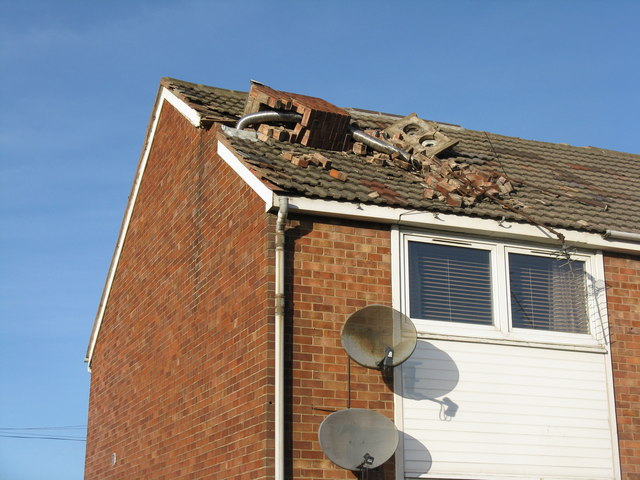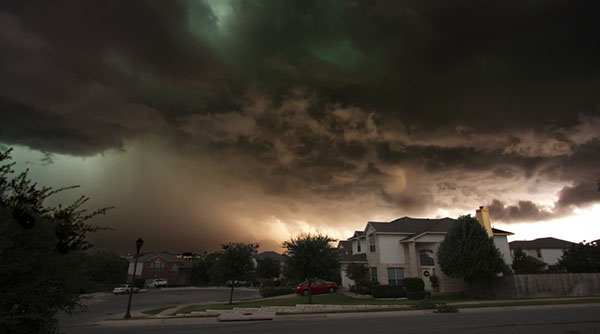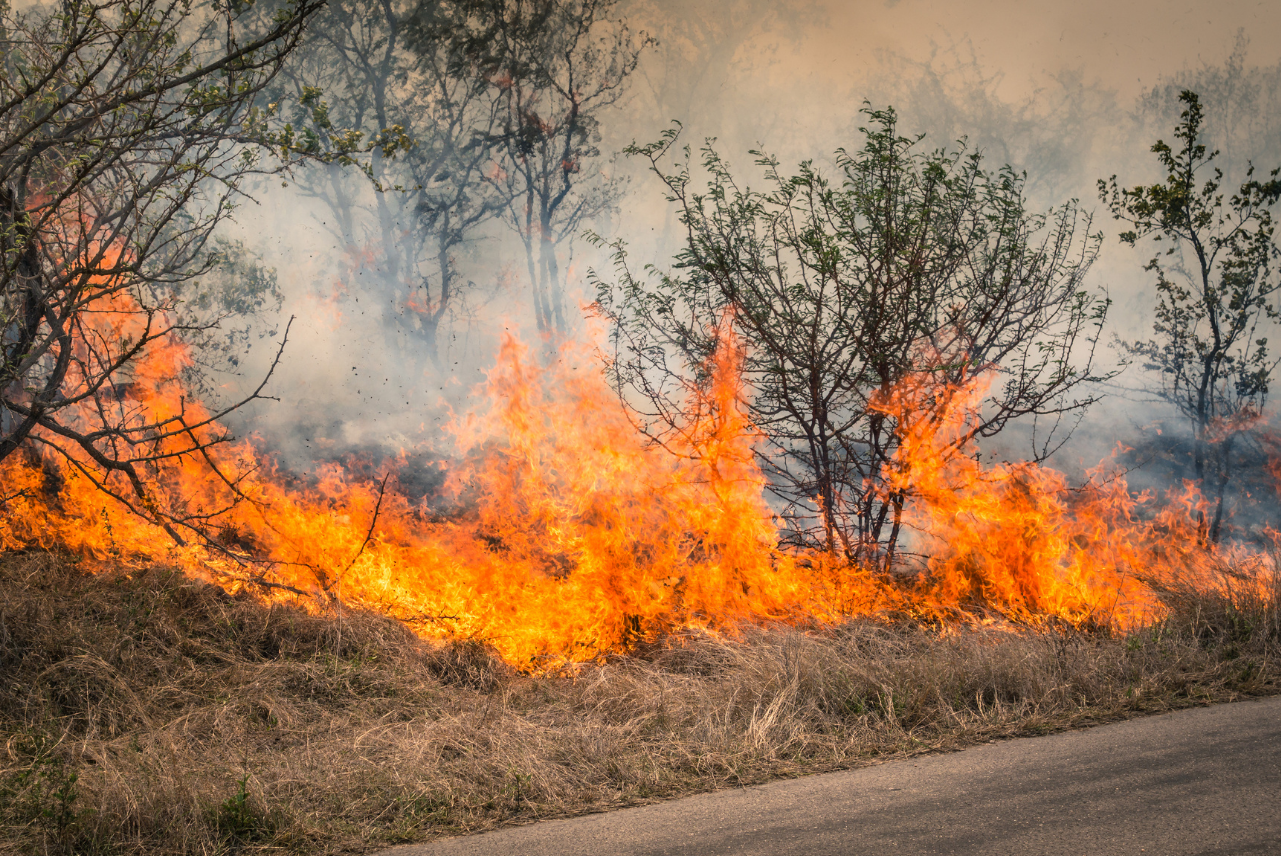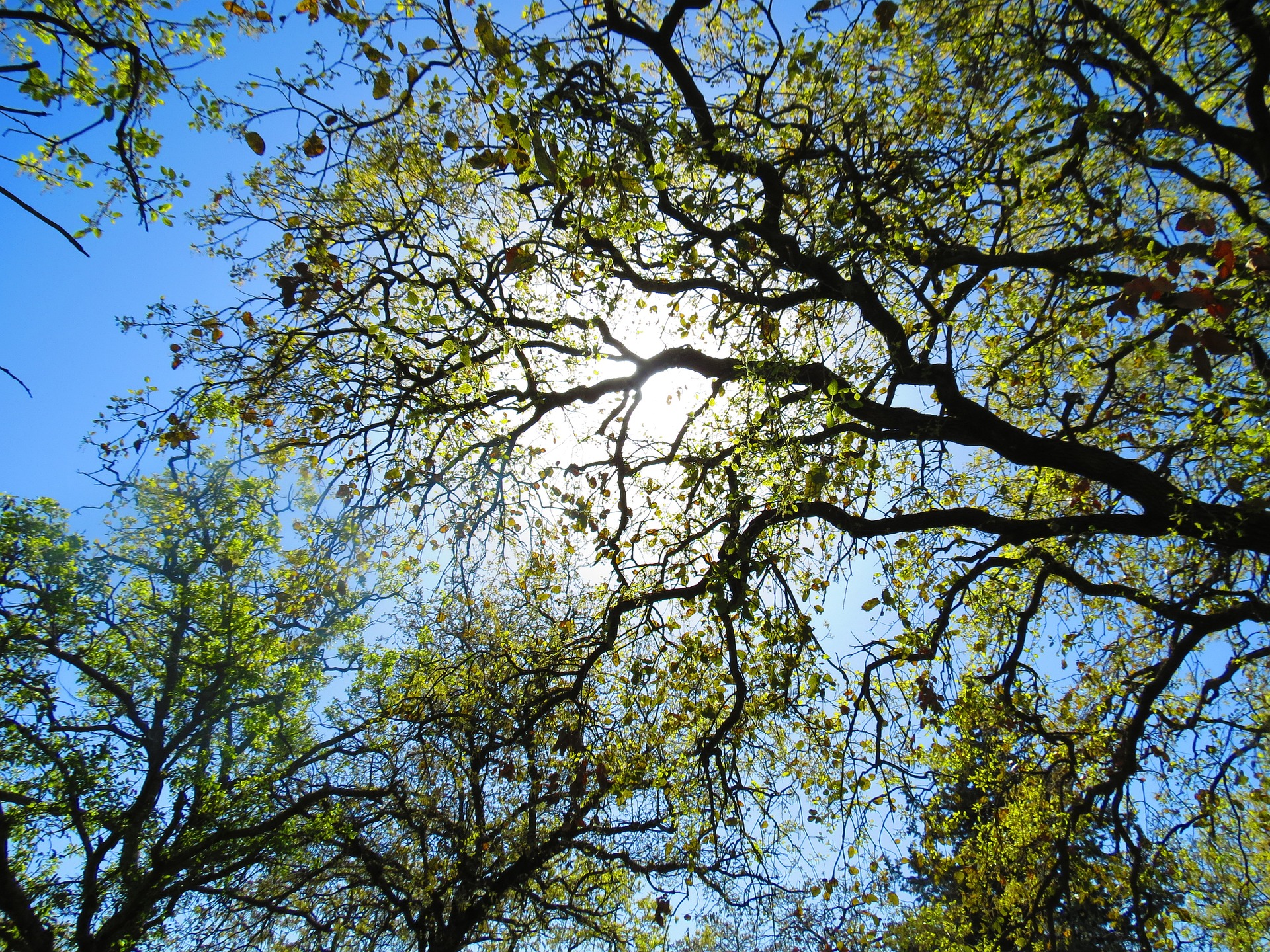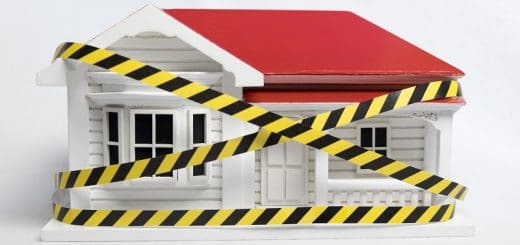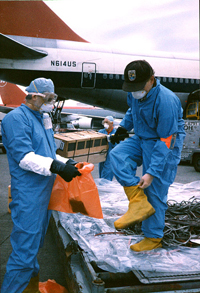Winter Storm Safety Tips
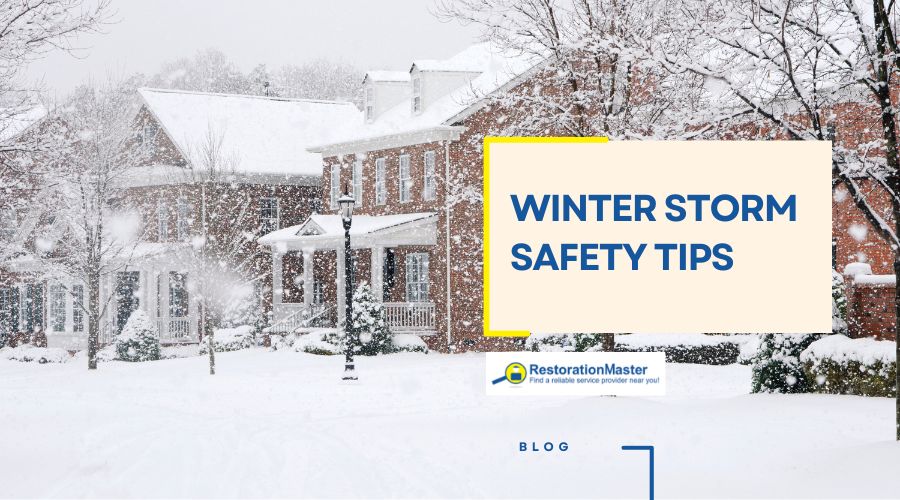
Winter weather can cause extra strain and stress if you are not fully ready. Heavy snowfall and ice can cause serious damage to your property, such as ice dams, roof caving, and extensive water damage.
Taking precautions during warmer and dryer months can help you save time and money by preventing damage in the winter, not to mention the hassle of dealing with the damage. Below are some winter storm safety tips to follow to ensure your property is secure this winter.
Winter Storm Safety Tips
Before the Storm
- Keep an abundance of dry goods in your home in case of an emergency. If the power goes out, you will need to make sure you have the proper food to survive until the power is restored.
- Many people prepare with backup generators. You can rent these at a local hardware store or purchase one in case of an emergency. If you want to save some money, see if a neighbor would like to share one. A generator should only be used for the most important things like warm water and heat.
- Have a disaster plan. Prepare a kit full of supplies, including canned food and a can opener, bottled water, a battery-operated radio, warm clothing, blankets, flashlight, and of course, a first-aid kit.
- Be aware of changing weather. For those living in the Midwest, temperatures are constantly fluctuating, sometimes up to 20 degrees in a few hours! Stay updated with all the weather updates and prepare accordingly for winter snowfall.
Before and After the Storm
- During wetter months, check to make sure your roof is in good condition. This is obvious with rainfall throughout the spring and summer. If your roof has leaks or rotted beams, this could cause serious problems once snow and ice arrive. Large amounts of snowfall can add hundreds of pounds to your rooftop. If your beams are old and/or weak, this can leadLead is a heavy metal that can be toxic to humans, especiall... More to larger problems. Leaks from melting snow can also cause moldMold is a type of fungus that grows in damp or humid conditi... More in the attic and drywall. If not treated in time, the issue can leadLead is a heavy metal that can be toxic to humans, especiall... More to black mold and health problems for you and your family; it is easier and cheaper to maintain your roof versus having to purchase a new one unexpectedly.
- Make sure to maintain your furnace. The lack of use during warmer months can be a disadvantage. Regular maintenanceMaintenance is the routine care, inspection, and repair of a... More can ensure it runs properly throughout the winter months when you need it the most. If your furnace decides to break in low enough temperatures, this can leadLead is a heavy metal that can be toxic to humans, especiall... More to pipes breaking from frozen water, causing floodingFlooding is the overflow or accumulation of water in areas t... More and moldMold is a type of fungus that grows in damp or humid conditi... More growth which is expensive to repairRepair is the act of fixing or restoring damaged property, m... More.
During the Storm
- If you must go outside during cold weather, make sure to bundle up! Keep heavy layers on over your ears and mouth since much of your body heat leaves through the head.
- Try to not overexert yourself. Exhaustion will lower your immune system which can cause sickness and flu. When the weather is extreme, you are going to need your health in case of emergency.
- Try to avoid traveling long distances in snow. If your car should break down, always have an emergency kitin your trunk. This will ensure you stay safe and warm until someone can assist you.
- Eat regularly. Food will provide your body with energy to maintain its own heat.
- Beware of signs of hypothermia and frostbite. Be sure to keep everyone warm and well-hydrated, especially if the power is shut off.
- Always carry a cell phone and charger. This is crucial especially if you must go out to drive.
- Keep the gas tank full. Some gas stations may close as a result of the winter storm. Temperatures below -20 degrees Fahrenheit will also freeze the gas line if the tank is near empty.
- Inform someone of where you’re going. Just in case your car gets stuck and you can’t make it back.
- Stay with your car if you get stuck. If your car is broken down or stuck, it’s best to stay inside your car to stay warm.
After the Storm
- Refrain from driving until the roads are plowed. You don’t want to face an accident or get stuck just after digging out.
- Check on neighbors to ensure they are safe. They may do the same for you.
- Heavy wet snow is always a strain, not only on your home but also on your back. For many homeowners who are fortunate enough to own a snow blower, this daunting chore is made a little easier. For those not so fortunate, shoveling snow can be difficult. Heavy snow can put severe strain on your back if you are not lifting correctly. Make sure to lift from your knees and not your lower back. Back braces are available at any hardware store and can be of great help.
Structural Damage from Winter Storms
Winter storms can cause serious structural damage to your property, often leading to costly repairs if not addressed quickly. Here are some of the most common types of damage that can occur during these harsh conditions:
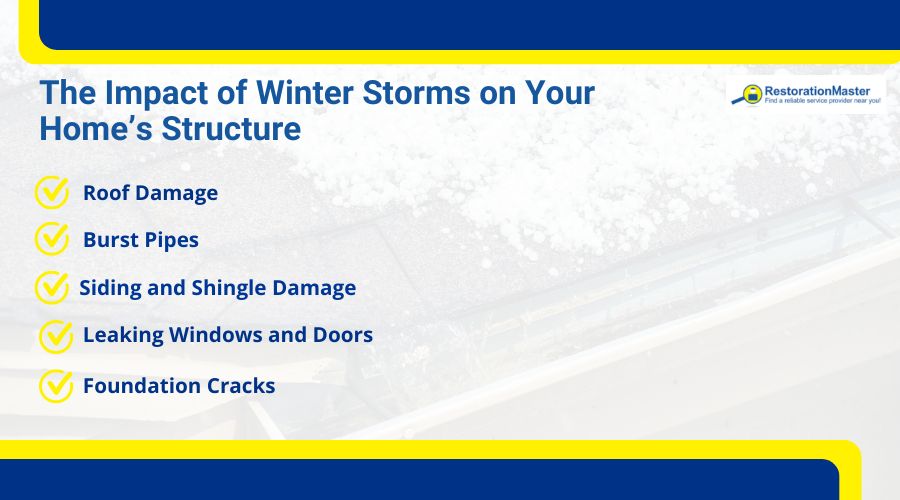
- Roof Damage: Heavy snow and ice can accumulate on your roof, creating ice dams that block proper drainage. The added weight can cause the roof to sag or even collapse, especially if it’s an older structureStructure refers to the framework or components of a buildin... More or wasn’t built to withstand heavy snow loads. This can result in significant damage to your ceiling and walls from leaks.
- Burst Pipes: Cold temperatures can cause frozen pipes and burst. When the ice inside the pipes thaws, it can cause water to flood your home, damaging floors, walls, and ceilings. This type of damage can be particularly problematic, as it may not be immediately visible and can leadLead is a heavy metal that can be toxic to humans, especiall... More to moldMold is a type of fungus that grows in damp or humid conditi... More growth if not treated quickly.
- Siding and Shingle Damage: Strong winds during a winter storm can tear off shingles, damage siding, or even rip entire sections from your home. This leaves your property vulnerable to additional damage from rain or snow, leading to water infiltrationInfiltration is the process by which water, air, or other su... More and further deterioration of your structureStructure refers to the framework or components of a buildin... More.
- Leaking Windows and Doors: Snow and ice buildup around your windows and doors can cause the seals to break, leading to leaks. This can result in water damage to your flooring, walls, and the foundation. In some cases, prolonged exposure to moisture can weaken the structural integrity of your home.
- Foundation Cracks: Freezing and thawing cycles during winter can cause the ground around your foundation to expand and contract. Over time, this movement can cause cracks to form in your foundation, allowing water to seep in and cause further damage.
Water Damage Restoration
While snowstorms aren’t usually considered natural disasters, they can still cause disasters within the home, especially water and flood damage. As soon as you discover the disaster, don’t hesitate to contact a water damage restoration professional immediately.
Soon after receiving your first call, these experts will react immediately, arriving on-time with water extraction equipment and professional dehumidifiers and air movers to remove the remaining moisture within the spaces. They will also provide moldMold is a type of fungus that grows in damp or humid conditi... More removal and structural repairs if needed.
Finally, they will work with your insurance adjuster so you can focus on other matters and look forward to a fully restored home.
Frequently Asked Questions
What should I do if my power goes out during a winter storm?
If the power goes out, use flashlights, not candles, to avoid the risk of fire. Keep warm by layering clothing and using blankets. Never use a portable generator indoors. If you have a fireplace, it can be a good source of heat, but make sure it’s properly ventilated.

